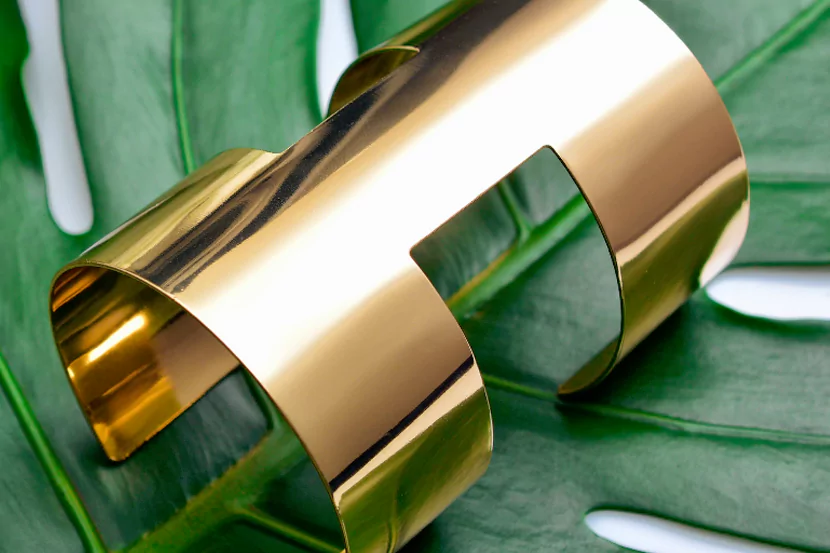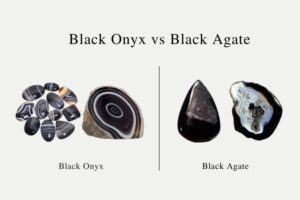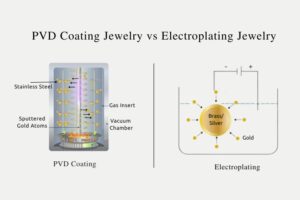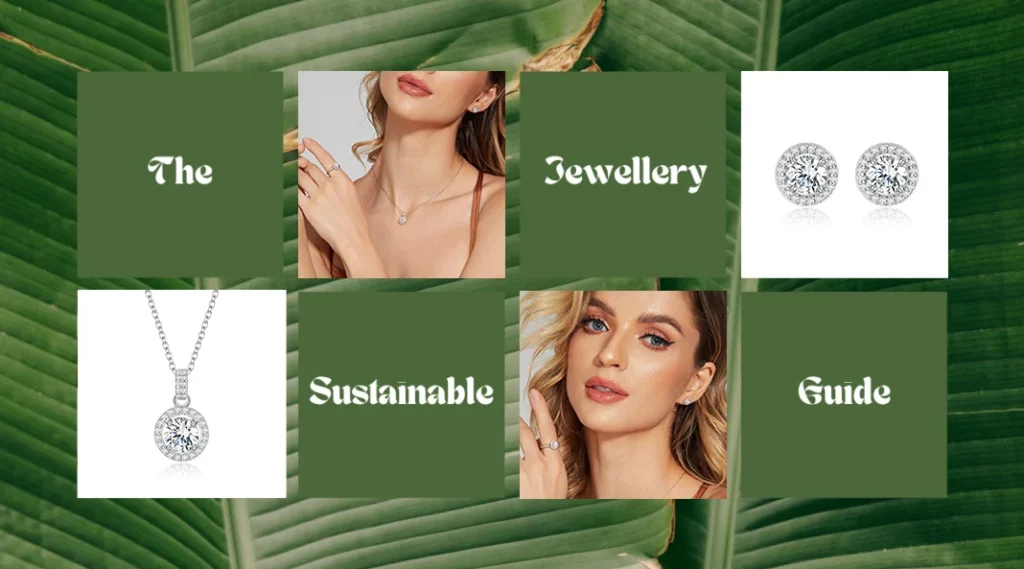
As the world becomes more aware of the impact of consumerism on the environment, it is becoming increasingly important for businesses to adopt sustainable practices. This is particularly relevant for the jewelry industry, which relies on precious metals and gemstones that are often mined in environmentally damaging ways. In 2023, as well as in later years, maintaining a sustainable jewelry brand will be essential for success as consumers demand more eco-friendly and socially responsible products.
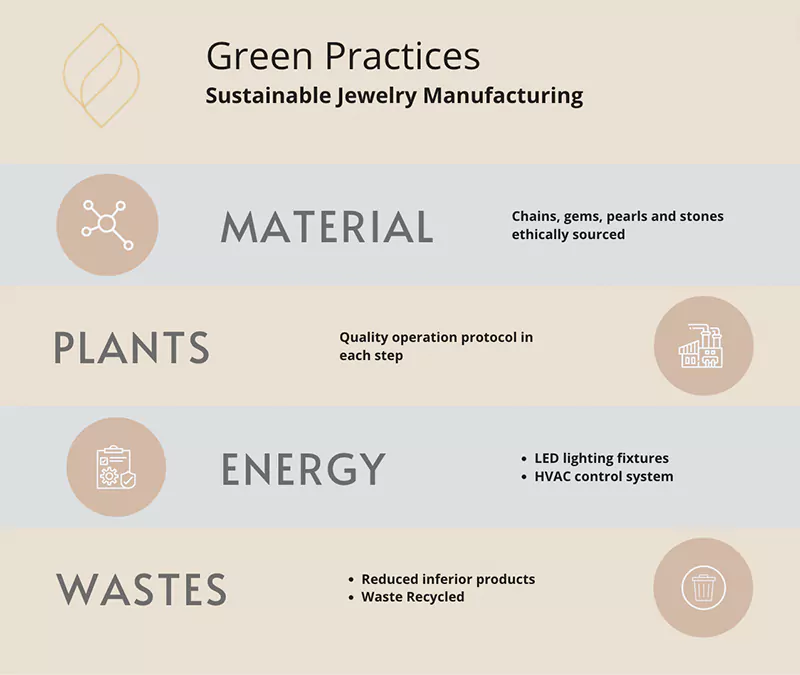
The first step in building a sustainable jewelry brand is to source materials responsibly. This means using recycled metals and ethically sourced gemstones and ensuring that suppliers adhere to strict environmental and social standards.
Do you manage a jewelry brand? Are you a wholesaler or retailer that deals in jewelry? Or are you simply a customer who is a little curious about how eco-friendly your jewelry is? If your answer to any of these questions is yes, then this is the article for you.
In this article, all you need to know about eco-friendly jewelry, sustainable jewelry brands, and certifications for ethical/sustainable jewelry brands will be discussed, so without further ado, let’s dive right in!
Why is sustainability important for the jewelry business?
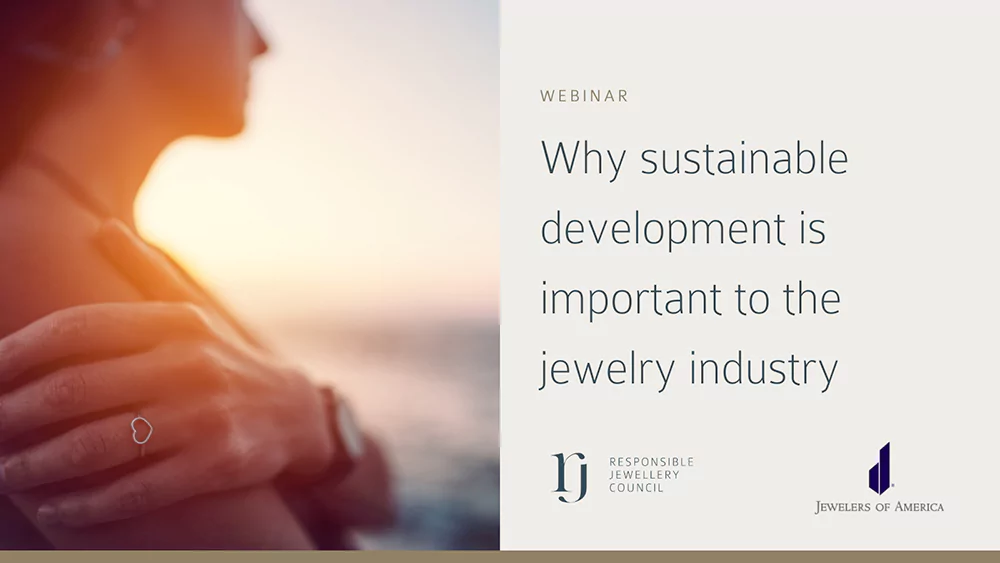
The jewelry industry has been a symbol of luxury and elegance for centuries. It is an industry that is highly focused on aesthetics, design, and craftsmanship. However, the jewelry industry has also been criticized for being unsustainable, unethical, and environmentally damaging. This is why sustainability is becoming increasingly important for the jewelry business.
Sustainability is the ability to meet the needs of the present without compromising the ability of future generations to meet their own needs. In the context of the jewelry industry, sustainability means creating jewelry that is made with ethical, social, and environmental considerations in mind. Sustainability is important for the jewelry business for several reasons.
Firstly, sustainability is important for the ethical production of jewelry. Many jewelry brands have been criticized for using “conflict diamonds” or “blood diamonds,” which are diamonds that are mined in war zones and sold to finance armed conflict against governments. These diamonds are often mined by children and sold to fund violence and human rights abuses. Sustainable jewelry brands ensure that their diamonds are ethically sourced and do not contribute to human suffering.
Secondly, sustainability is important for the social responsibility of the jewelry industry. Many jewelry brands operate in developing countries, where labor laws and working conditions may not be up to international standards. Sustainable jewelry brands ensure that their workers are treated fairly, paid a living wage, and work in safe conditions.
Thirdly, sustainability is important for the environmental impact of the jewelry industry. Mining for precious metals and gemstones can have a devastating effect on the environment, including deforestation, soil erosion, and water pollution. Sustainable jewelry brands ensure that they use eco-friendly materials and production processes that minimize their impact on the environment.
Start by finding the right materials
Because it affects both the environment and the people employed in the production process, choosing the proper materials is essential when it comes to creating eco-friendly or sustainable jewelry. Environmentally speaking, employing sustainable resources like recycled metals, ethically sourced gemstones, and organic materials like bamboo or wood decreases the effect of mining and extraction on the environment.
Additionally, this lessens the quantity of trash that is produced during the manufacturing process.
By using eco-friendly materials, the jewelry is also less likely to contain hazardous chemicals that could be bad for both the environment and human health.
Making eco-friendly or sustainable jewelry requires the use of materials that can minimize the negative effects on the environment caused by the mining, processing, and disposal of metals and gemstones.
The hallmarks of ethically sourced materials include sourcing raw materials (metals and stones) from a conflict-free business model, adhering to labor laws and conventions, and having a minimum environmental impact.
Now that we have discussed the importance of using proper materials in making jewelry, let’s take a look at some of the top sustainable/eco-friendly jewelry raw materials you can pick from.
Brass
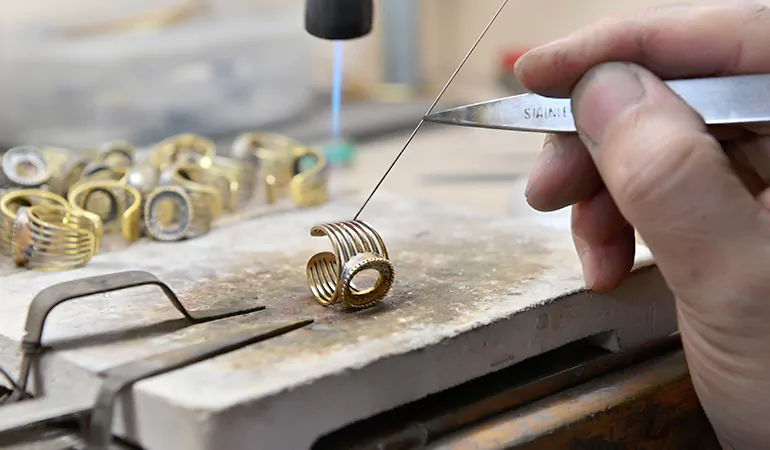
Brass is an alloy made from copper and zinc, and it is a durable and affordable alternative to precious metals like gold and silver. Brass can be recycled, which makes it a sustainable choice for jewelry making.
Additionally, brass can be easily plated with other metals, such as gold or silver, to create a similar look at a lower cost.
Silver
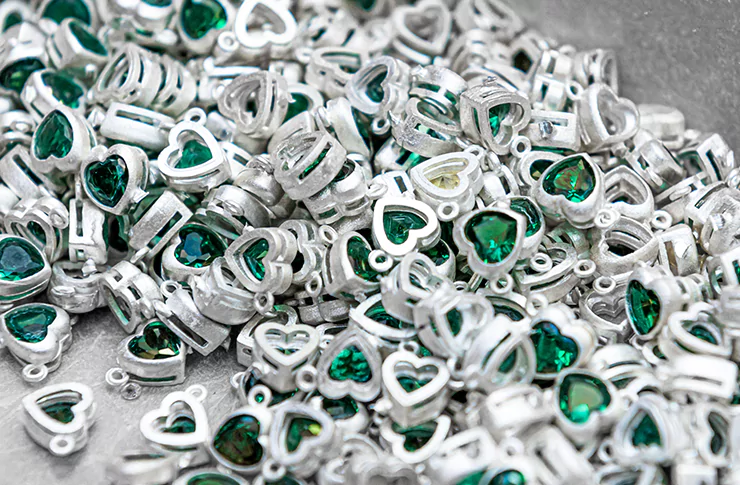
Silver, like gold, can be obtained in an environmentally friendly and ethical manner. Look for recycled silver jewelry to lessen the demand for newly mined silver. Silver is also hypoallergenic, which means that it is less likely to induce allergic reactions in people with sensitive skin.
Another way silver is similar to gold is that it is tarnish-resistant, allowing it to be passed down through generations.
Gold
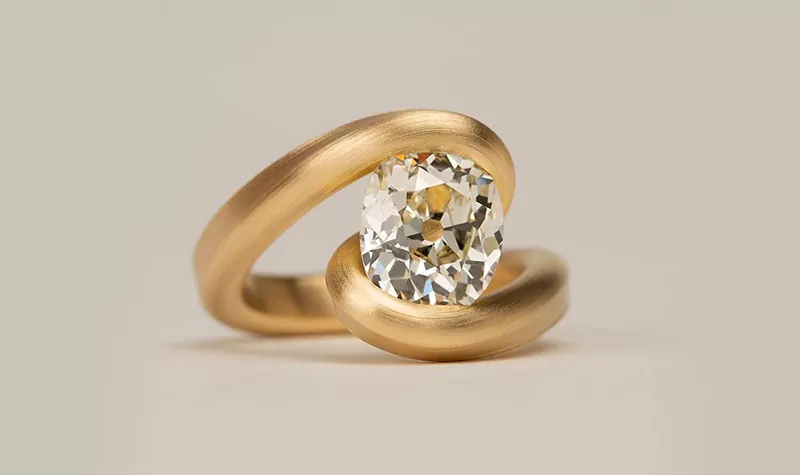
While gold is a precious metal, it can still be sourced sustainably and ethically. Look for jewelry made from recycled gold, which reduces the environmental impact of mining new gold.
Gold is also a long-lasting and tarnish-resistant material, which means that jewelry made from it can be passed down through generations, reducing the need for new jewelry to be produced.
Stainless steel
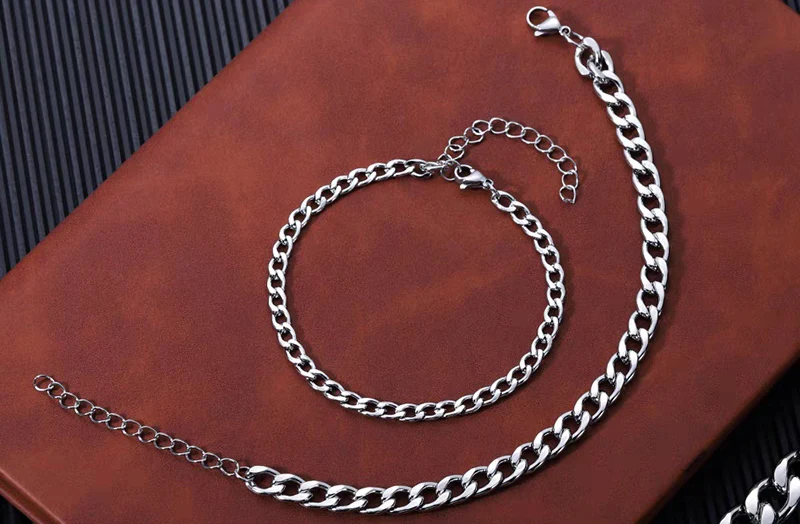
Stainless steel is a durable and corrosion-resistant material that is often used in jewelry making. It is also a recyclable material, which makes it a sustainable choice. Additionally, stainless steel can be easily plated with other metals to create a similar look to gold or silver.
Sustainable packaging for sustainable jewelry brands
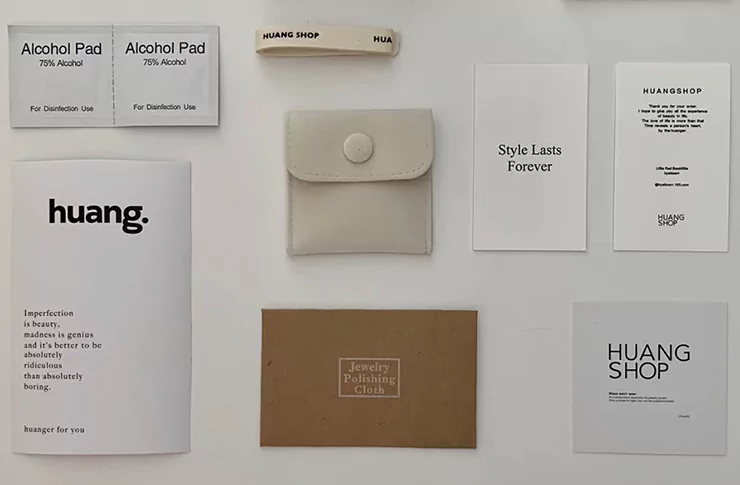
As the world becomes increasingly conscious of the environmental impact of human activities, sustainability has become a critical consideration for businesses across all sectors. The jewelry industry is facing increasing scrutiny over its environmental impact, with concerns ranging from mining to packaging.
In response, sustainable jewelry brands are emerging, prioritizing environmentally friendly practices throughout their supply chains. These brands are committed to using ethically sourced materials, reducing waste, and minimizing their carbon footprint.
However, while sustainable jewelry brands focus on eco-friendly materials and ethical sourcing, packaging often remains an overlooked aspect. Packaging is a crucial element in the jewelry industry, protecting valuable items during transportation and storage. However, traditional packaging methods can have a significant environmental impact, from excessive use of plastic to non-recyclable materials. Plastic packaging accounts for 9.2 billion tons of garbage dumped in landfills and oceans. Only 9% of it is recycled.
Sustainable packaging offers an eco-friendly solution to this problem. By using materials such as recycled cardboard, biodegradable plastics, and compostable materials, sustainable jewelry brands can reduce their environmental footprint and demonstrate their commitment to sustainability.
Logistics for your sustainable jewelry brand
In this section, we will explore how logistics play a crucial role for a sustainable jewelry brand, particularly in terms of the distance the products have to cover to get to the consumer, how long-distance deliveries can cause a large carbon footprint, and how logistics play a role in sourcing raw materials.
Distance the Products Have to Cover to Get to the Consumers
One of the biggest challenges that sustainable jewelry brands face is the distance that their products have to travel to reach the consumer. This is because many of these brands source their materials from different parts of the world, which can result in long shipping distances. This not only increases the cost of production but also adds to the carbon footprint of the brand.
So, what can sustainable jewelry brands do to reduce the distance their products have to travel? One solution is to source materials from local suppliers. This not only reduces the shipping distance but also supports local businesses.
How Long-Distance Deliveries Can Cause a Large Carbon Footprint
Long-distance deliveries can cause a large carbon footprint, which is a major concern for sustainable jewelry brands. This is because the transportation of goods is one of the biggest contributors to greenhouse gas emissions, which contribute to climate change.
To address this issue, sustainable jewelry brands can consider using carbon-neutral shipping options. Some logistics companies offer carbon-neutral shipping, which offsets the emissions associated with transportation by investing in renewable energy or reforestation projects.
Logistics and Sourcing of Raw Materials
Logistics also play a crucial role in the sourcing of raw materials for sustainable jewelry brands. This is because the transportation of raw materials can contribute to the carbon footprint of the brand, and also impact the social and environmental sustainability of the materials.
To ensure the sustainability of the materials they source, sustainable jewelry brands can work with suppliers who have sustainable practices and certifications, such as Fairtrade or Responsible Jewellery Council.
In conclusion, by adopting sustainable logistics practices, such as sourcing materials locally and using carbon-neutral shipping options, sustainable jewelry brands can reduce their carbon footprint and ensure the social and environmental sustainability of their materials.
Certifications for sustainable/ethical jewelry brands
As we have stressed earlier, consumers are becoming more aware of the negative impact of mining and other practices associated with the production of jewelry. Therefore, sustainable and ethical jewelry brands are on the rise.
However, how can you tell if a jewelry brand is truly sustainable and ethical? This is where certifications come in. In this section, we will introduce four famous certifications for sustainable/ethical jewelry brands.
Fairtrade Gold Certification

The Fairtrade Gold Certification ensures that the gold in a piece of jewelry is mined responsibly and the miners are paid fair wages. It is an independent certification that guarantees that the gold has been mined without the use of child labor or forced labor. Additionally, it ensures that the miners are working in safe conditions and that their communities are not harmed by mining operations.
Responsible Jewellery Council (RJC) Certification
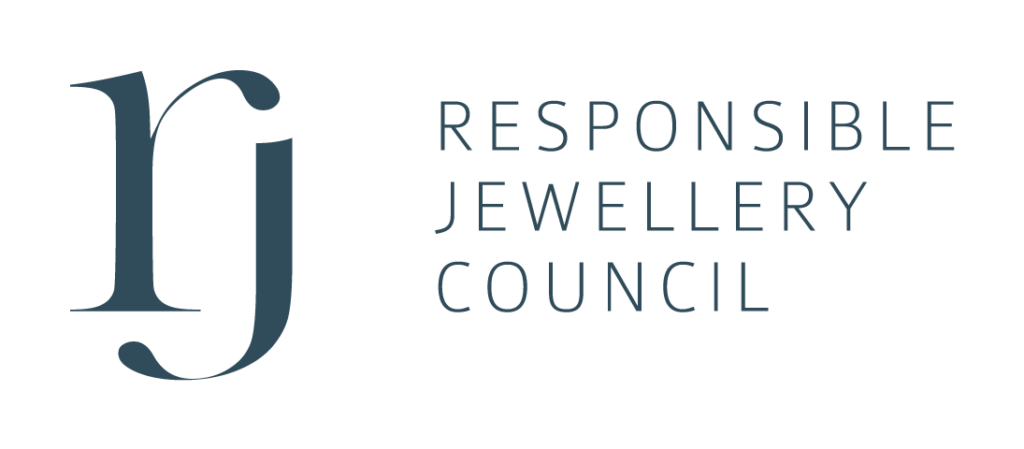
The Responsible Jewelry Council (RJC) Certification is an industry-led certification that promotes responsible business practices in the jewelry supply chain. It covers the entire jewelry supply chain, from mining to retail. The RJC Certification ensures that the jewelry brand is committed to ethical and sustainable practices, such as respecting human rights, protecting the environment, and ensuring the responsible sourcing of materials.
Kimberley Process Certification Scheme
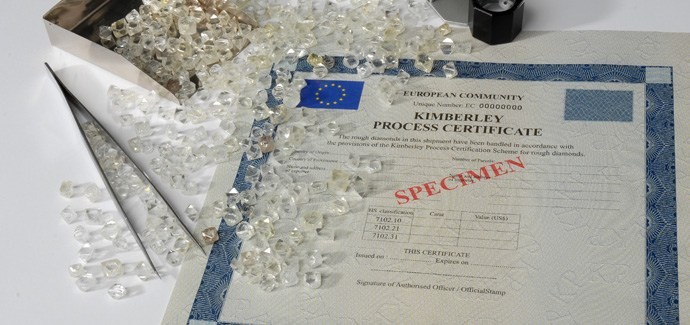
The Kimberley Process Certification Scheme (KPCS) is a global initiative that aims to prevent the trade in conflict diamonds. Conflict diamonds, also known as “blood diamonds,” are diamonds that are mined in war zones and sold to finance armed conflict against governments. The KPCS Certification ensures that a diamond has been mined in compliance with the Kimberley Process, which requires the diamond to be traced from the mine to the final point of sale to prevent the trade in conflict diamonds.
Certified B Corporation
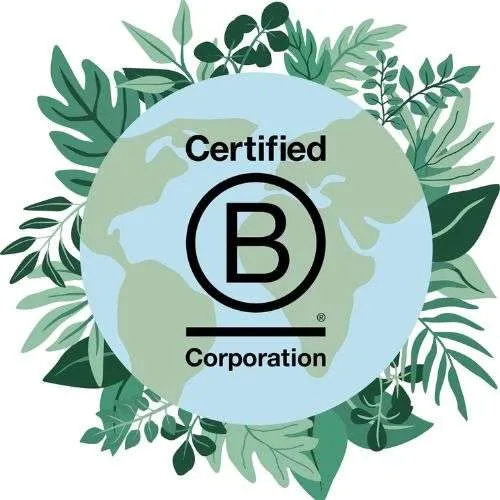
Certified B Corporations are businesses that meet the highest standards of social and environmental performance, transparency, and accountability. B Corps are certified by the nonprofit B Lab, which assesses a company’s impact on its workers, customers, community, and environment.
In conclusion, certifications for sustainable/ethical jewelry brands are essential to ensuring that consumers can trust the jewelry they are buying. The Fairtrade Gold Certification, Responsible Jewellery Council (RJC) Certification, Kimberley Process Certification Scheme, and Certified B Corporation are just some of the certifications available for jewelry brands. Other examples include:
- Alliance for Responsible Mining (ARM) Certification
- Global Organic Textile Standard (GOTS) Certification
- Forest Stewardship Council (FSC) Certification
- Ethical Making Resource Certification, etc
When shopping for sustainable and ethical jewelry, look for these certifications to ensure that your purchase is making a positive impact on the world.
Your sustainable jewelry brand checklist
Sustainability is a crucial factor to consider when creating a jewelry brand. It is not just about the materials used in the production process but also the social and environmental impact of the entire supply chain. As the owner of a jewelry brand, you have the responsibility to ensure that your brand is sustainable and eco-friendly.
To achieve this, it is essential to create a checklist that will guide your sustainable choices.
Step 1: Research and Educate Yourself
The first step towards creating a sustainable jewelry brand is to research and educate yourself on sustainable practices. This will help you understand the impact of your actions and guide you toward making informed decisions. Some questions to consider include:
- What are the most sustainable materials for jewelry production?
- How can I reduce waste in the production process?
- What are the ethical considerations when sourcing materials?
- How can I minimize my carbon footprint in the production process?
By answering these questions, you will have a better understanding of what it takes to create a sustainable jewelry brand.
Step 2: Create a Checklist
Once you have educated yourself on sustainable practices, the next step is to create a checklist that will guide your sustainable choices. Here are some questions to consider adding to your checklist:
- Material Sourcing
- Are the materials I am using sustainable?
- Are they ethically sourced?
- Are they free from harmful chemicals?
- Production Process
- Am I minimizing waste during production?
- Am I using energy-efficient equipment?
- Are my employees working in safe and healthy conditions?
- Packaging and Shipping
- Am I using eco-friendly packaging?
- Am I using a carbon-neutral shipping service?
- Can I reduce the amount of packaging I use?
Step 3: Adhere Strictly to the Checklist
Creating a checklist is one thing; adhering strictly to it is another. To ensure that your brand remains sustainable, it is essential to adhere strictly to your checklist. Here are some ways to do this:
- Regularly review and update your checklist: Sustainability is an ongoing process, and you need to review and update your checklist regularly to reflect changes in the industry.
- Communicate your sustainability efforts: Let your customers know about your sustainability efforts, and how they can support your brand’s sustainability goals.
- Train your employees: Train your employees on sustainable practices, so they can help you adhere to your checklist.
- Partner with sustainable suppliers: Partner with suppliers who share your sustainability goals and are committed to sustainable practices.
In conclusion, creating a sustainable jewelry brand requires a conscious effort to reduce the environmental impact of your production process. By creating a checklist and adhering strictly to it, you can ensure that your brand remains sustainable and eco-friendly. Remember, sustainability is an ongoing process, and you need to review and update your checklist regularly to reflect changes in the industry.
Nendine provides you with affordable eco-jewelry
Nendine is a sustainable jewelry brand that is making a positive impact on the environment and society. The brand produces sustainable jewelry using recyclable metals, ethically sourced gemstones, and innovative production methods that minimize waste.
Nendine’s jewelry is made using recyclable and recycled metals, such as silver and gold, which are sourced from post-consumer waste. The brand also uses ethically sourced gemstones, which are carefully selected from trusted suppliers who share their sustainability values.
Nendine’s production process is also innovative and eco-friendly. The brand uses a 3D printing technique that minimizes waste and reduces the carbon footprint of the production process. This technique also allows for the creation of intricate and unique designs that would be difficult to achieve using traditional jewelry-making methods.
In addition to their sustainable jewelry manufacture, Nendine is also committed to supporting local communities. The brand works with small-scale artisans in Egypt to create some of their pieces, providing them with fair wages and a sustainable source of income.
Overall, Nendine is a shining example of how sustainable practices can be integrated into the world of jewelry design. By using recycled materials, ethically sourced gemstones, and innovative production methods, the brand is making a positive impact on the environment and society.
Some of Nendine’s key products, which are all of sustainable origin, include:
- Silver Jewelry
- Brass Jewelry
- Gold Plating, Gold Vermeil & Gold Filled Jewelry
Silver Jewelry: Silver jewelry is made from sterling silver, which is an alloy of silver and other metals such as copper.
Brass Jewelry: Brass jewelry is made from an alloy of copper and zinc.
Gold Plating, Gold Vermeil, and Gold Filled Jewelry:
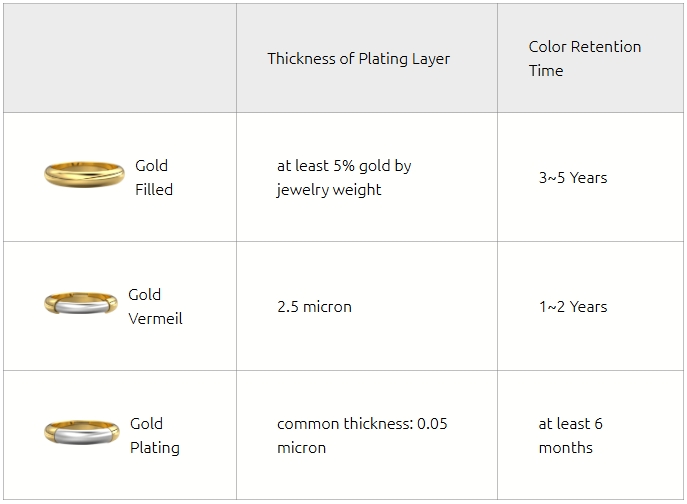
Gold plating, gold vermeil, and gold-filled jewelry all involve adding a layer of gold to a base metal. Gold plating involves coating a base metal with a thin layer of gold, while gold vermeil involves coating a base metal with a thicker layer of gold. Gold-filled jewelry involves bonding a thick layer of gold to a base metal using heat and pressure.
Nendine produces silver, brass, gold-plated, gold vermeil, and gold-filled jewelry using recycled metals, which are obtained from post-consumer waste. By using recycled metals, the brand reduces the demand for newly mined raw materials and reduces the environmental impact of the production process.
By patronizing Nendine, you are not only getting beautiful and unique jewelry but also supporting a brand that is committed to sustainable and eco-friendly production. With their use of recycled materials and innovative techniques, Nendine is helping to reduce the environmental impact of the jewelry industry.
Think sustainable jewelry, think Nendine!
Key Takeaway
In conclusion, sustainability is crucial in the jewelry industry, which has been criticized for being unsustainable, unethical, and environmentally damaging. Sustainable jewelry brands prioritize ethical, social, and environmental considerations in their production processes to reduce their impact on the environment, create jewelry that is made with ethical standards, and ensure fair labor practices. In 2023 and beyond, maintaining a sustainable jewelry brand will be crucial for success as consumers demand more eco-friendly and socially responsible products.
